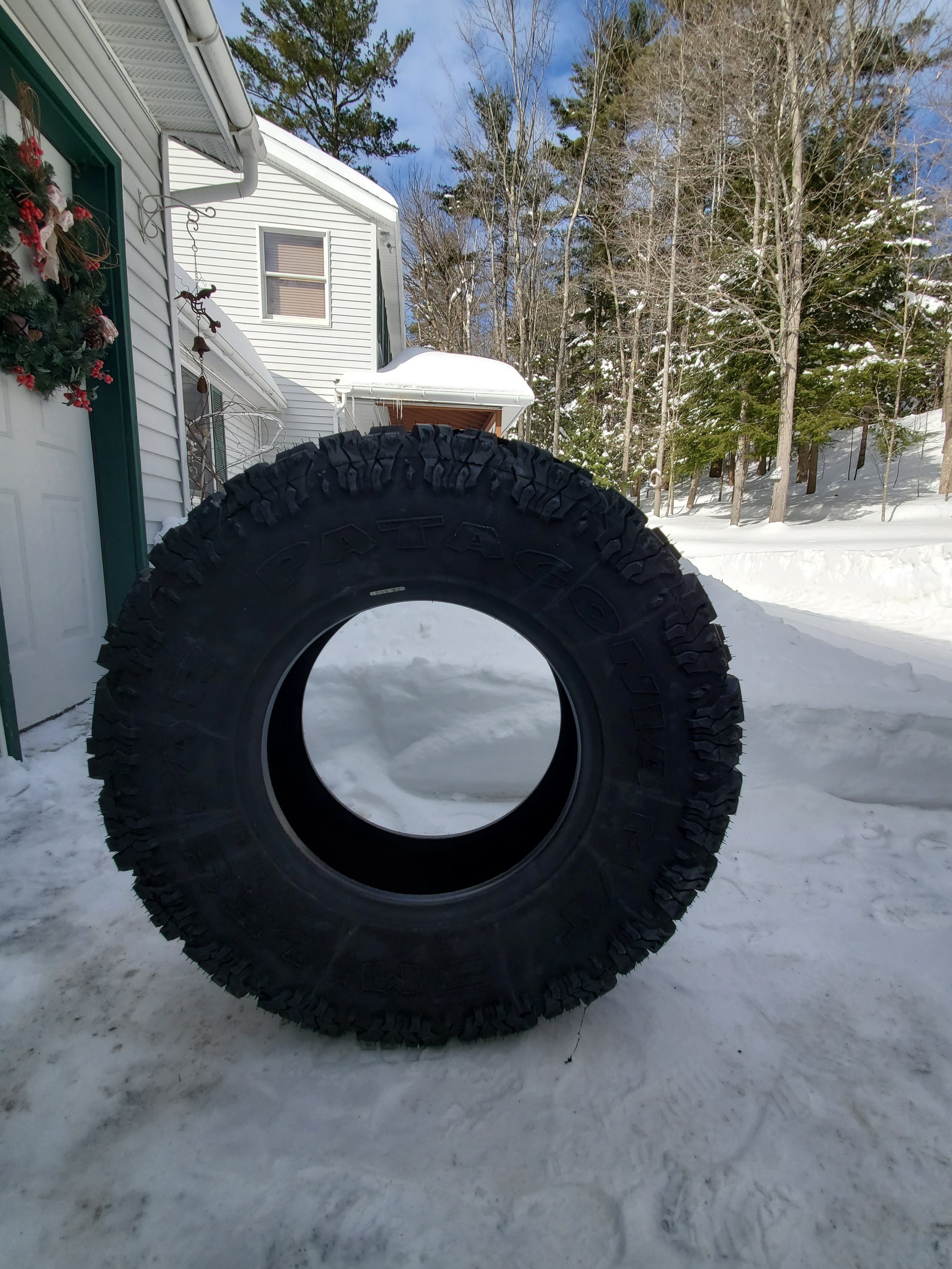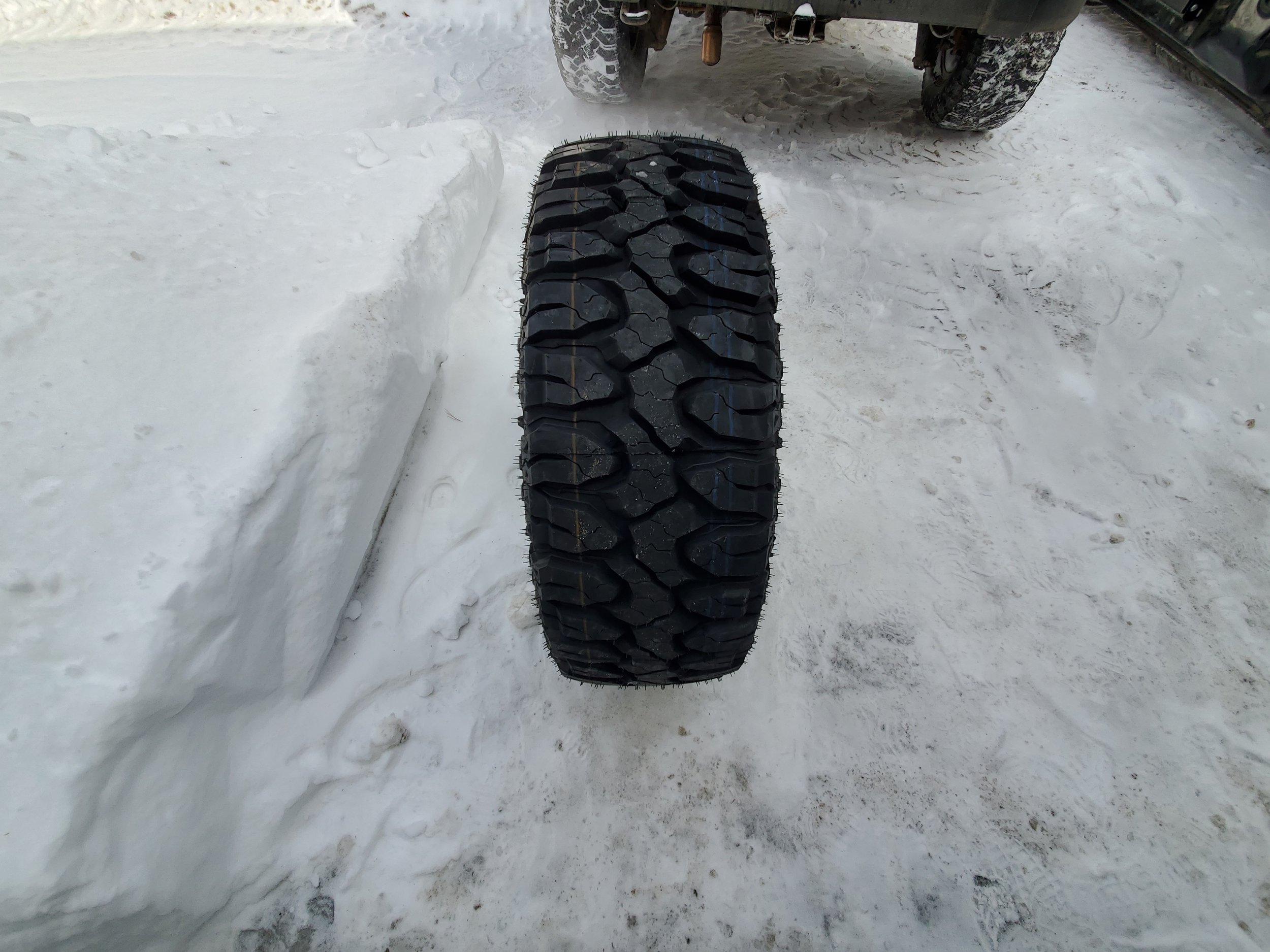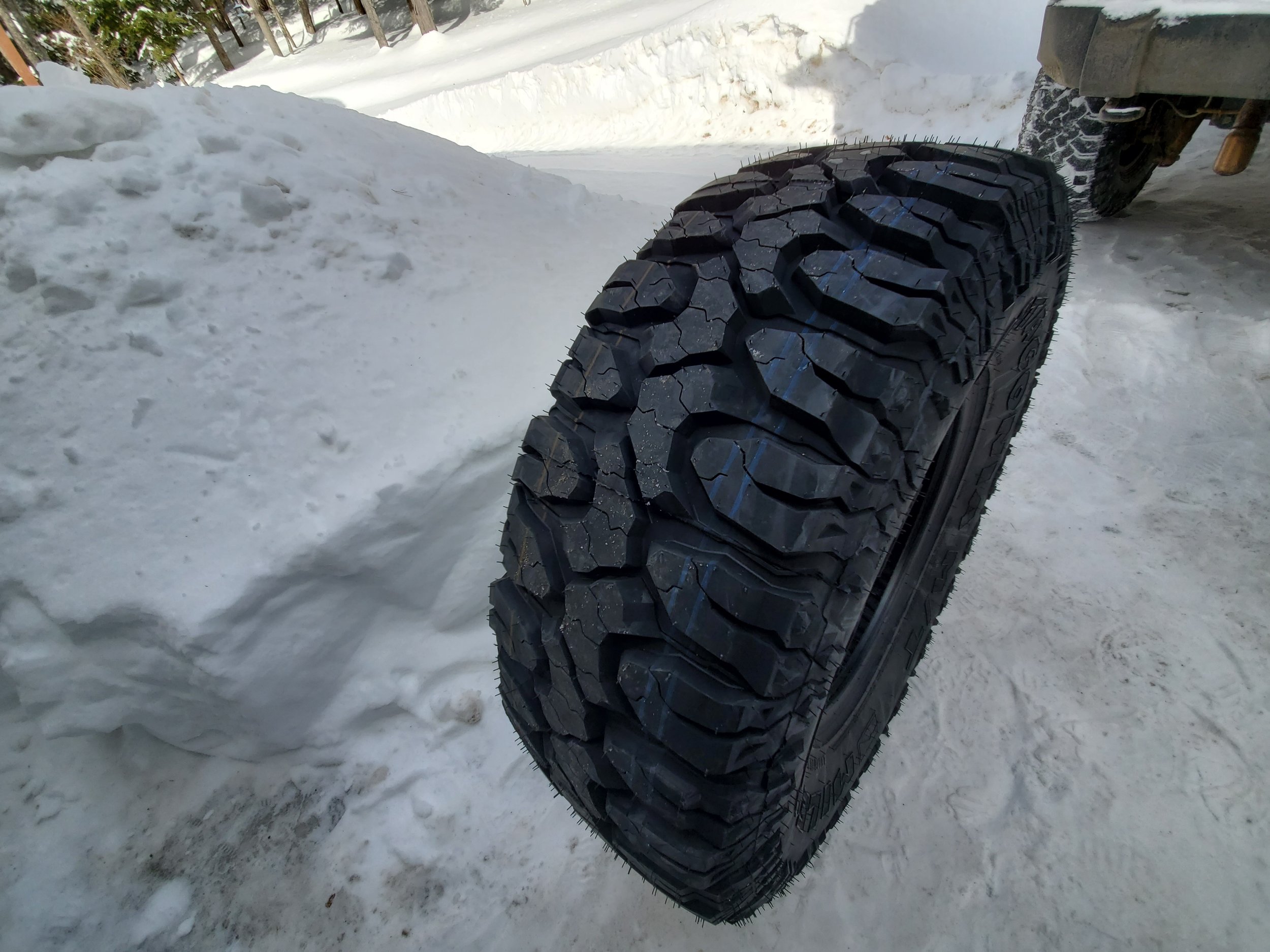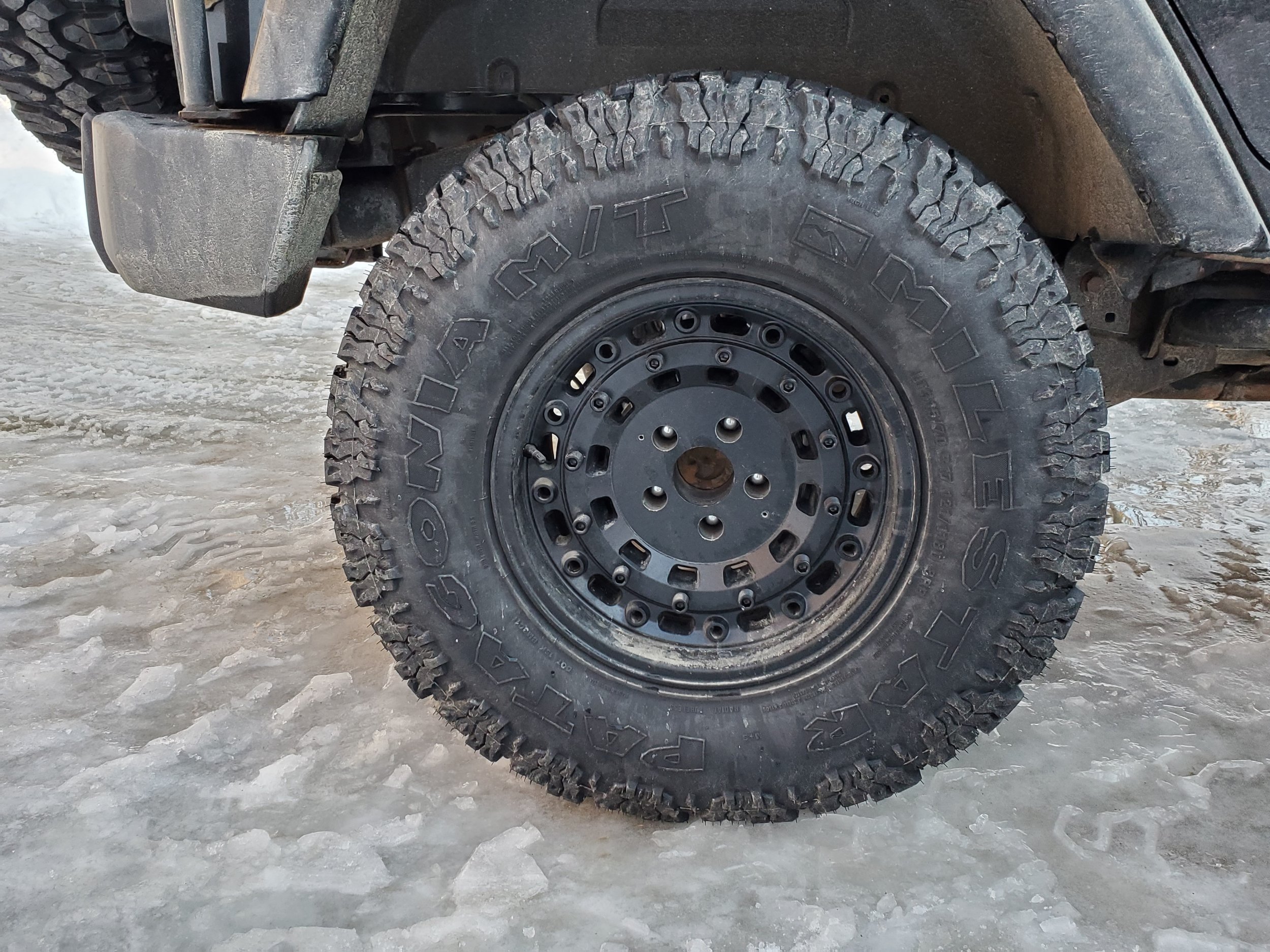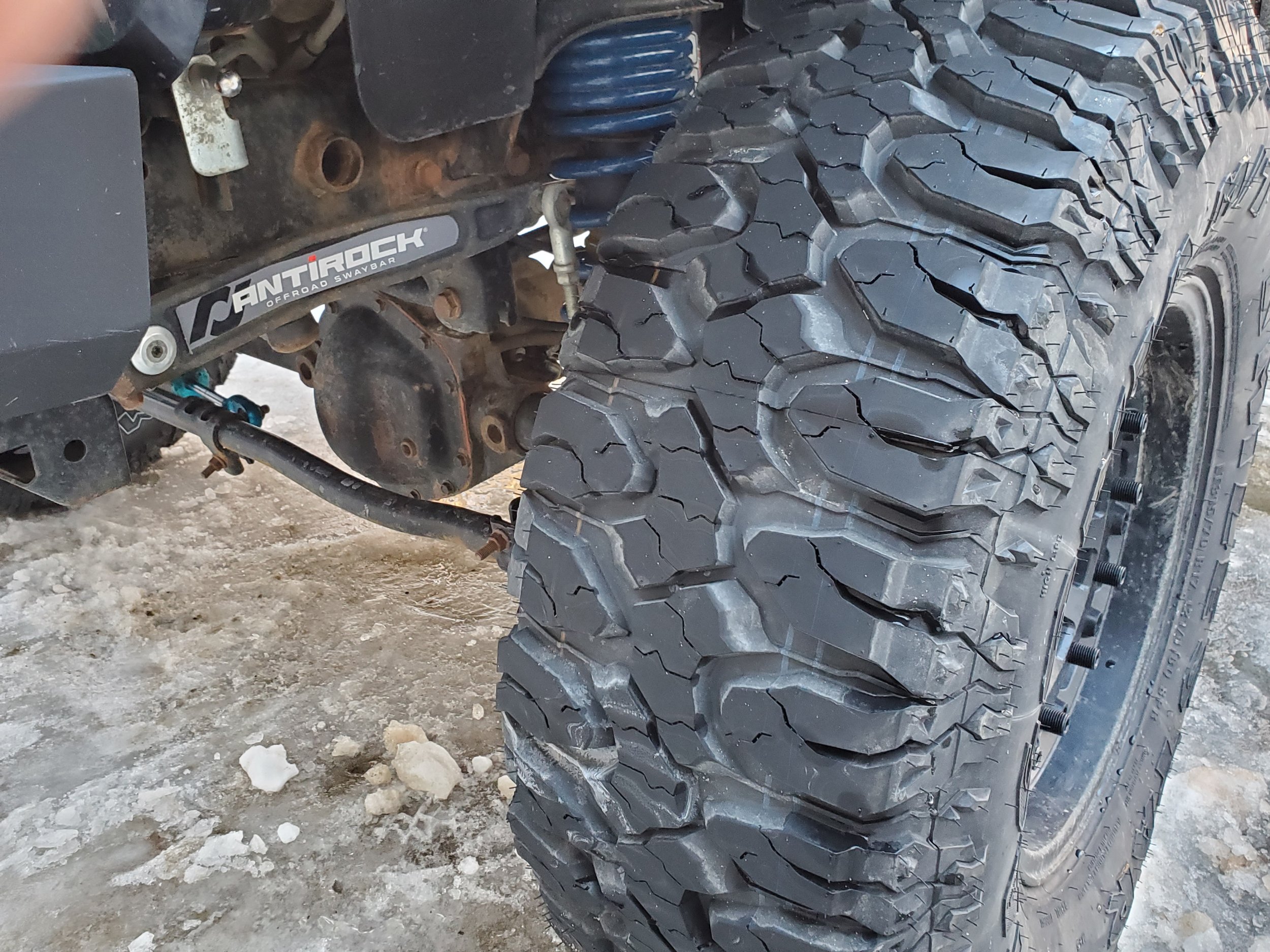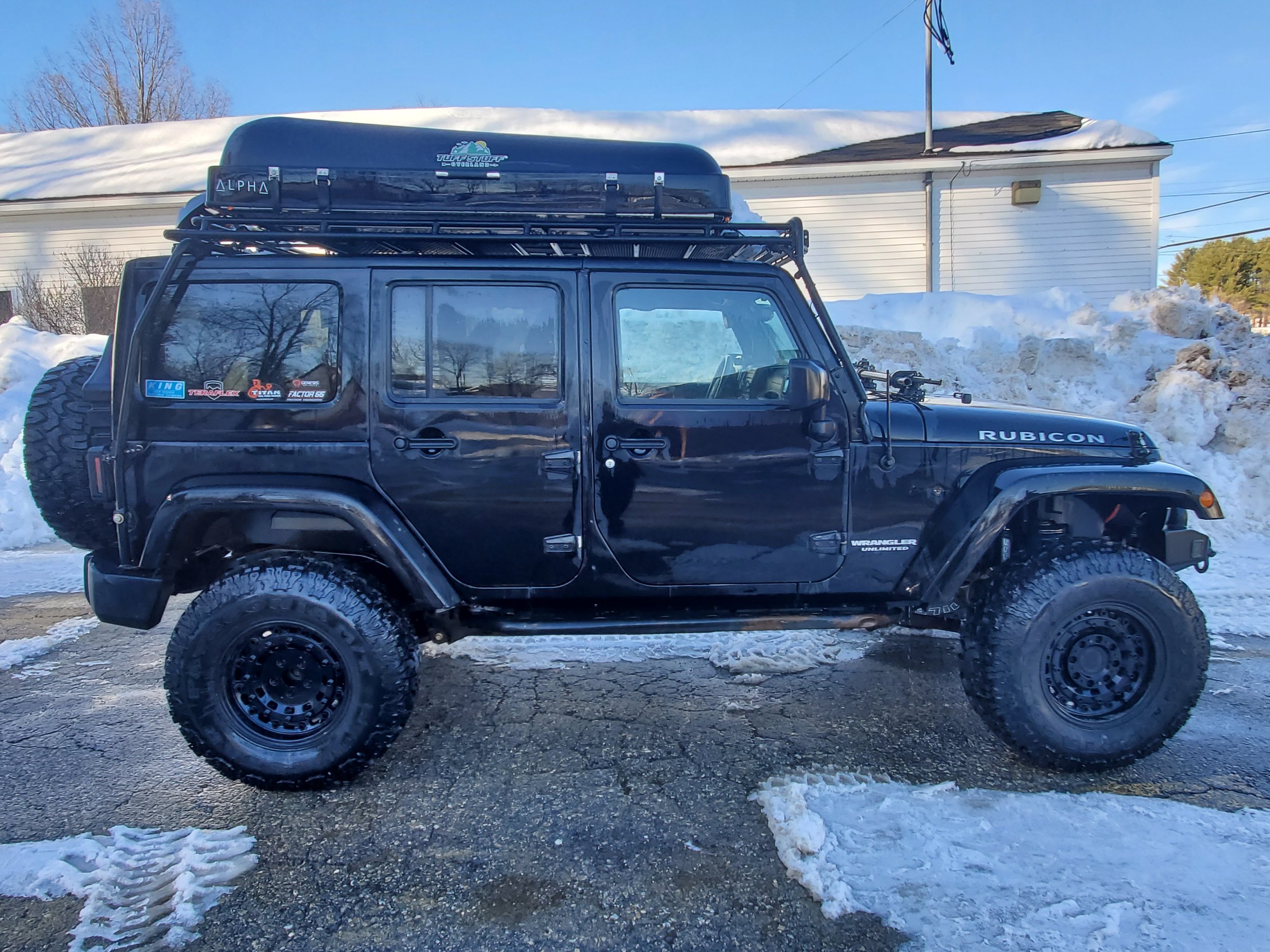I Made a Change: Milestar Patagonia MT’s
So I did it, I made a change. A change that I never thought I would make. I have been exclusively running Falken Wildpeak MT tires for over ten years, even before my current Jeep, and back originally to my Yellow Jeep, Tacoma, and I am now on my second set on Black Betty. Overall I don’t have much bad to say about them. On the contrary, overall I have been quite happy with them. Over the last ten years, I have had one tire failure, and I am partly responsible for it as I had let them wear down too far before replacing them. That does lead to one of my only complaints, they seem to wear out way too fast. Part of the reason for this is most likely that I am running mud-terrain tires on a Jeep that spends extensive time on pavement, but I did have higher expectations for lifespan.
Recently Milestar Patagonia Tires have been getting a lot of press and attention. It seems to be the new in-tire in the Jeep and Overland community, not that I am one to follow fads and trends. Quite the contrary, I am more likely to find something more unique and buck the trend. But a couple of their characteristics have caught my attention. First, while they are again a mud-terrain tire, they are actually more of a hybrid all-terrain and mud-terrain. The center rib of the tire is structured more like an all-terrain tire which provides a much more comfortable and quiet ride while also improving on-road handling. On the other hand, the exterior edges of the tire are more aggressive much like a traditional mud-terrain tire. It is this hybrid capability that I am most interested in. They should ride better on the road and should last longer while also providing superior performance offroad. Durability is of utmost importance to me, that is why I am also happy that they have a 3-Ply Sidewall for maximum durability, which hopefully will make these tires just as durable as the Falken’s.
The unique design has also caused quite a bit of confusion with customers. With a traditional Mud-terrain, you look to identify a tire pressure that provides you the largest contact patch possible. Many people use the chalk test to do just that. But the Milestar Patagonia MT’s, on the contrary, perform better and last longer when highly inflated so that you in essence ride just on the center rib while on road, and then air down offroad for better outer edge contact and flotation.
The second aspect that caught my attention is weight. A 315 x 70 x 17 (35 x 12.50 x 17) Milestar Patagonia MT weighs in at 68 pounds. A similar size Falken Wildpeak MT weighs in at 80. That is 60 lbs less combined for all five tires including the spare. While this doesn’t seem like much, on an overweight overland vehicle any pound counts. Even more importantly it is unsprung weight.
According to Machine Design “In simple terms, a vehicle’s sprung weight is supported by springs of one kind of or another (coiled springs, air springs, Belleville springs). Unsprung weight moves up and down with the wheels as they travel over bumps, potholes, and other obstructions. So unsprung weight includes the wheels, tires, brake assemblies, differential, solid drive axles, hub motors, and anything directly connected to the wheels is unsprung mass. This still leaves the majority of the vehicle’s components weight as sprung weight—the chassis, motor, transmission, body, and interior, as well as the passengers and cargo.”
So why does it matter so much? Also from Machine Design, “So as a rule, designers try to minimize unsprung weight to improve handling and steering. That’s why hot-rodders and auto enthusiasts invest money in alloy wheels —to reduce the unsprung weight and make steering more precise. Lighter wheels and tires also mean it takes less energy to spin them or bring them to a stop, but this has nothing to do with sprung and unsprung weight.”
“The difference between rotating mass and non-rotating mass is somewhat related, especially in terms of performance. Physics dictates that it is more difficult to accelerate rotating mass than non-rotating mass. This means those lighter tires and wheels also take less force to accelerate them forward.” Long story short, a reduction in unsprung weight is even more important than sprung weight.
The third aspect that caught my attention was the price. I found 35” Milestar Patagonia MT’s on Amazon for $281.15 per tire. A similar size Falken Wildpeak MT on the other hand on Amazon is currently $404. That is a difference of $594.25 across all five tires. Price is the least important variable on the list for me, quality and performance are by far more important. I will pay a premium for peace of mind from durability in the backcountry especially, but if you can get a quality product for considerably less than the alternative then all the better.
This is not a review. I just had them mounted and have barely even driven them home. My goal was just to share my thought process for making a change. Once I have had a chance to try them out for several thousand miles in a variety of conditions I will be in a better position to share a further update and more detailed review.
In the meantime, I am excited to see what these tires have to offer.

